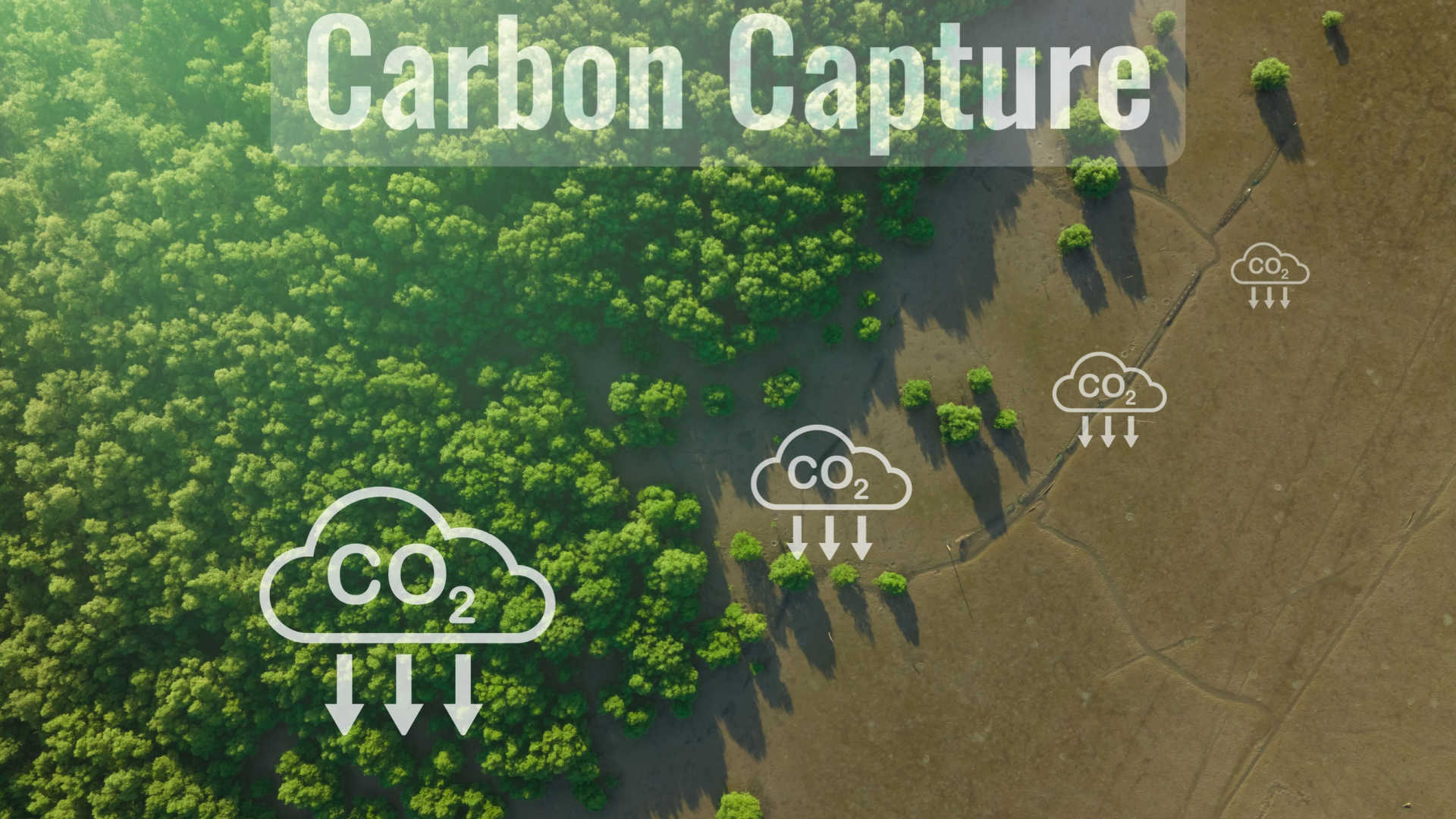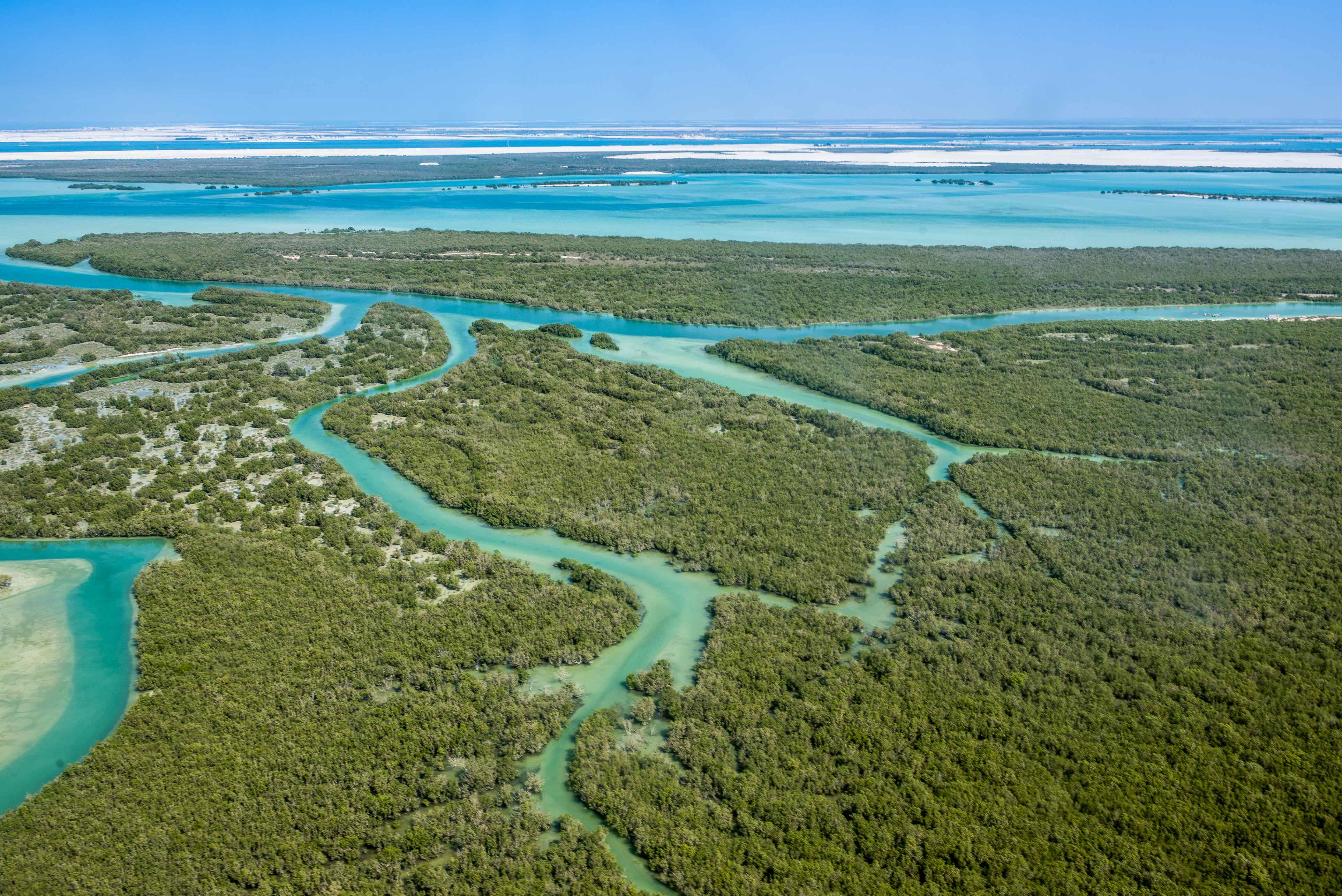Introduction to mangroves
Mangroves are unique ecosystems found in tropical and subtropical regions along the coastlines of many countries around the world. These ecosystems provide numerous ecological and economic benefits to both the environment and human societies. One of the most important benefits of mangroves is their ability to sequester large amounts of blue carbon from the atmosphere. This ability makes them one of the most effective natural tools for mitigating climate change.
Mangroves are trees and shrubs that grow in saltwater or brackish water along estuaries, lagoons, and mudflats. They have a complex root system that can trap sediment and organic matter, allowing them to accumulate significant amounts of blue carbon over time. Mangroves store carbon in both their biomass (leaves, stems, and roots) and the soil surrounding their roots. The amount of blue carbon stored in mangrove ecosystems can be massive, with estimates up to 1,000 metric tons per hectare.
Blue carbon and the critical role that mangroves play
Blue carbon refers to the carbon that’s stored in coastal and marine ecosystems, such as mangroves, seagrasses, and tidal marshes. These ecosystems have a unique ability to sequester and store large amounts of carbon in their biomass and sediments. Mangroves, in particular, are one of the most effective ecosystems at capturing and storing blue carbon.
Mangroves capture carbon dioxide (CO2) from the atmosphere through the process of photosynthesis. They use this carbon to produce organic matter, which is then stored in their biomass and sediments. The carbon that is stored in the sediments is referred to as blue carbon.
Why are mangroves so effective at storing blue carbon?
Mangroves are particularly effective at capturing blue carbon because of a range of factors. They have a high net primary productivity, which means that mangroves produce a large amount of organic matter through photosynthesis. This organic matter is then stored in the biomass and sediments of the mangrove ecosystem.
A unique root system allows mangroves to trap and store sediment. The root system consists of a network of above ground and below ground roots that form a dense mat. This root system helps to stabilise the sediment and prevent erosion, which helps to preserve the carbon stored in the sediment.
Because mangroves are located in a tidal zone they are constantly being inundated by water. This inundation helps preserve the carbon stored in the sediments by limiting the amount of oxygen that can reach the sediment. When oxygen is present in the sediment, it can react with the organic matter and release carbon dioxide back into the atmosphere. However, when the sediment is flooded, oxygen is limited, and the organic matter is preserved.
The effectiveness of mangroves at capturing blue carbon is important for climate change mitigation. The carbon that’s stored in mangrove ecosystems can remain sequestered for hundreds to thousands of years. This makes mangroves a valuable tool for mitigating the impacts of climate change by resiliently reducing the amount of carbon dioxide in the atmosphere.
Mangroves ensure resilient long term blue carbon storage
Furthermore, the blue carbon that mangroves store is not easily decomposed, as the waterlogged soils in which they grow are low in oxygen, slowing down the rate of decomposition. This allows the blue carbon stored in mangroves to remain in place for long periods, further increasing their carbon sequestration potential.
As mangrove trees mature, their rate of carbon uptake may slow, but they continue to store blue carbon throughout their lives. Unlike other types of forests, where carbon sequestration rates often decrease as trees age. Mangroves continue to sequester carbon as they mature, due to their ability to accumulate organic matter in their soils. This means that mangrove ecosystems have a far greater capacity to sequester blue carbon over the long term compared to other types of forests.
Protecting blue carbon mangroves and the biodiversity and environmental co-benefits
In addition to their carbon sequestration capabilities, mangroves provide a range of other ecosystem services that are important for our well-being. Mangroves provide important habitats for a wide range of species, including fish, birds, and invertebrates. They also offer coastal protection by buffering against storm surges and erosion. Mangroves are also important for fisheries, providing breeding grounds and nurseries for many species of fish.
Despite their importance, mangrove ecosystems are under threat from a range of human activities. The conversion of mangrove ecosystems to aquaculture, agriculture, and urban development is a major threat to their survival. Climate change is also a threat, with rising sea levels and increased frequency and intensity of storms putting additional pressure on these ecosystems.
Protecting and restoring mangrove ecosystems is therefore critical for us all both in terms of biodiversity conservation and climate change mitigation. There are a range of strategies that can be used to protect these ecosystems, including establishing protected areas, encouraging sustainable aquaculture practices, promoting sustainable tourism, supporting community-based conservation, reducing coastal pollution, addressing climate change, and restoring degraded mangrove ecosystems.


